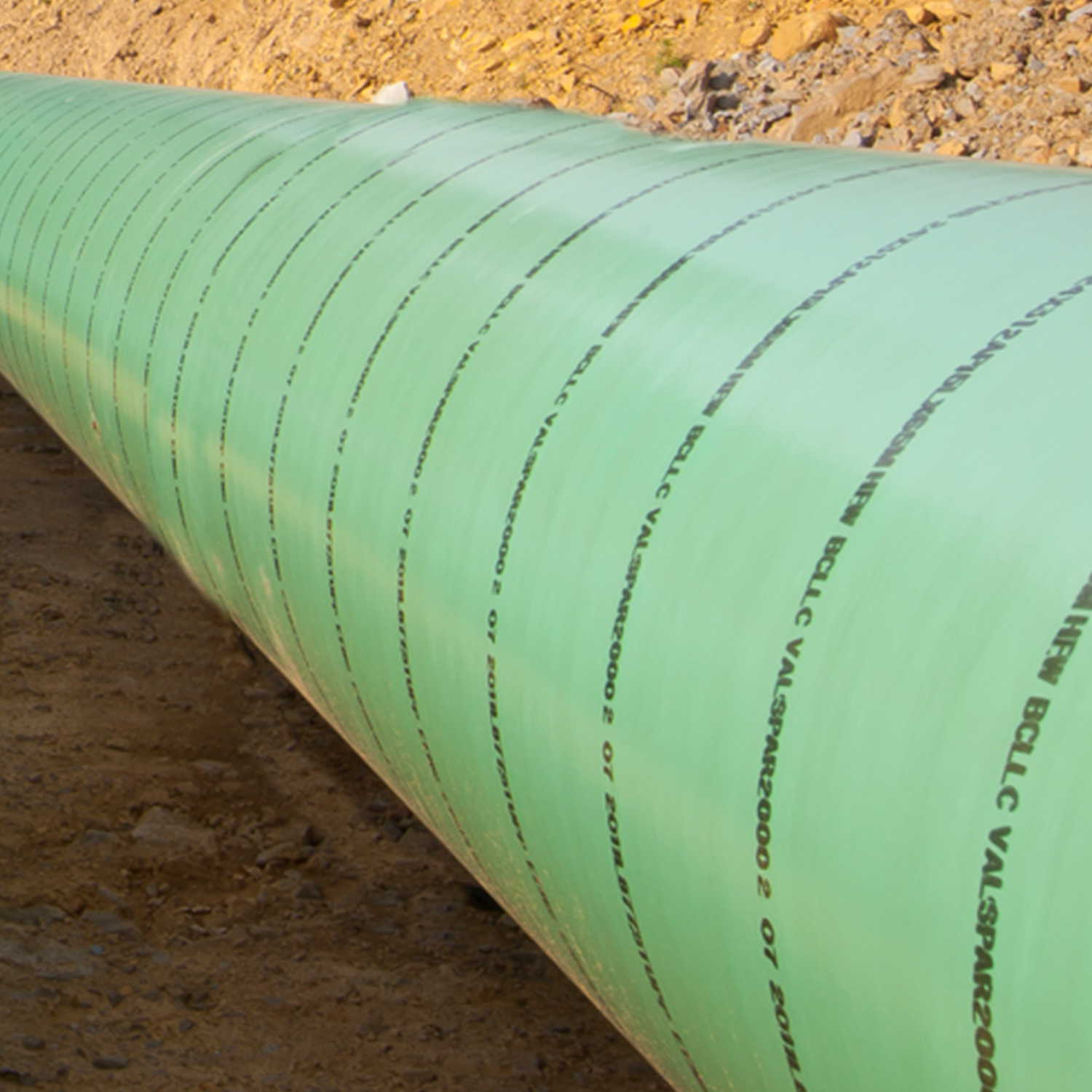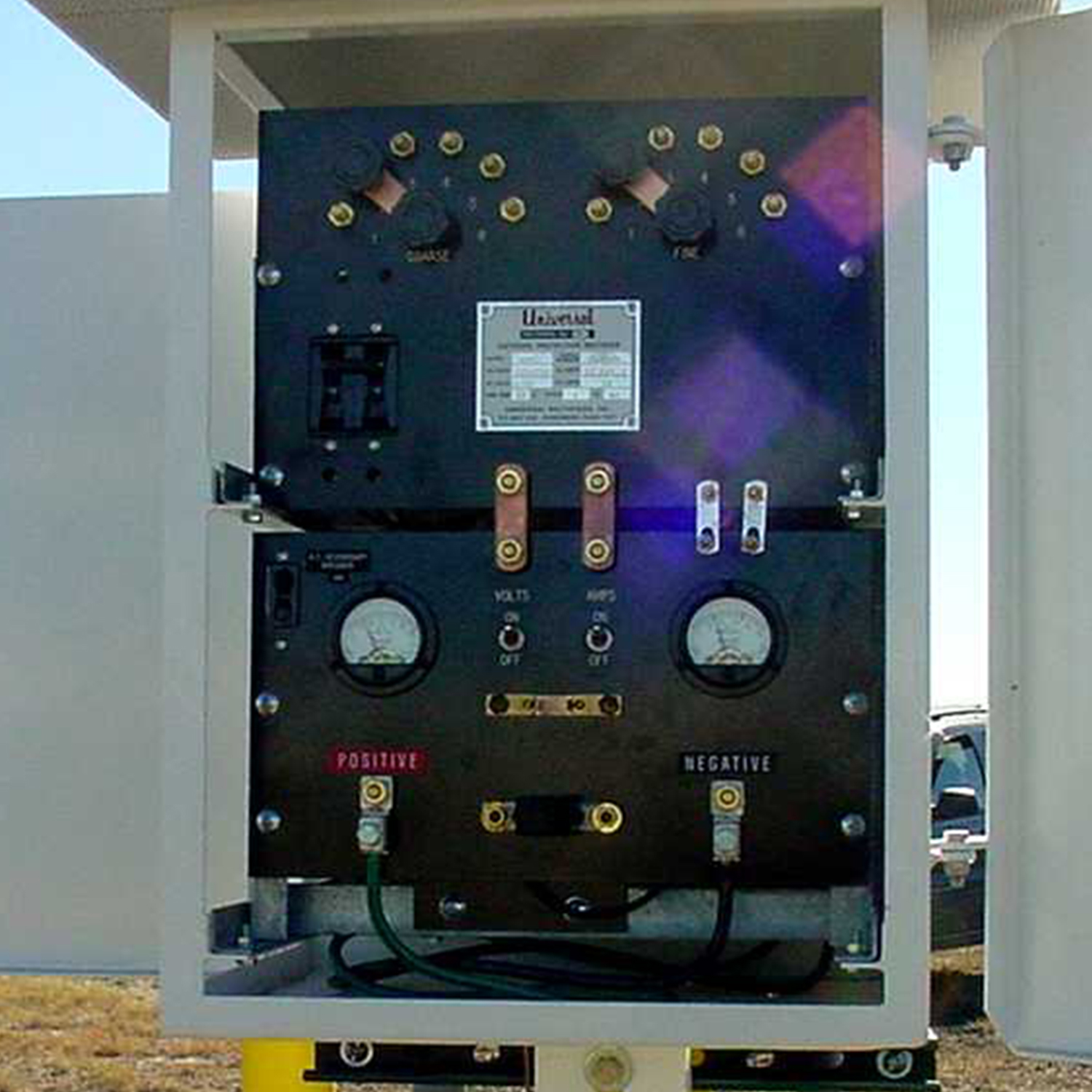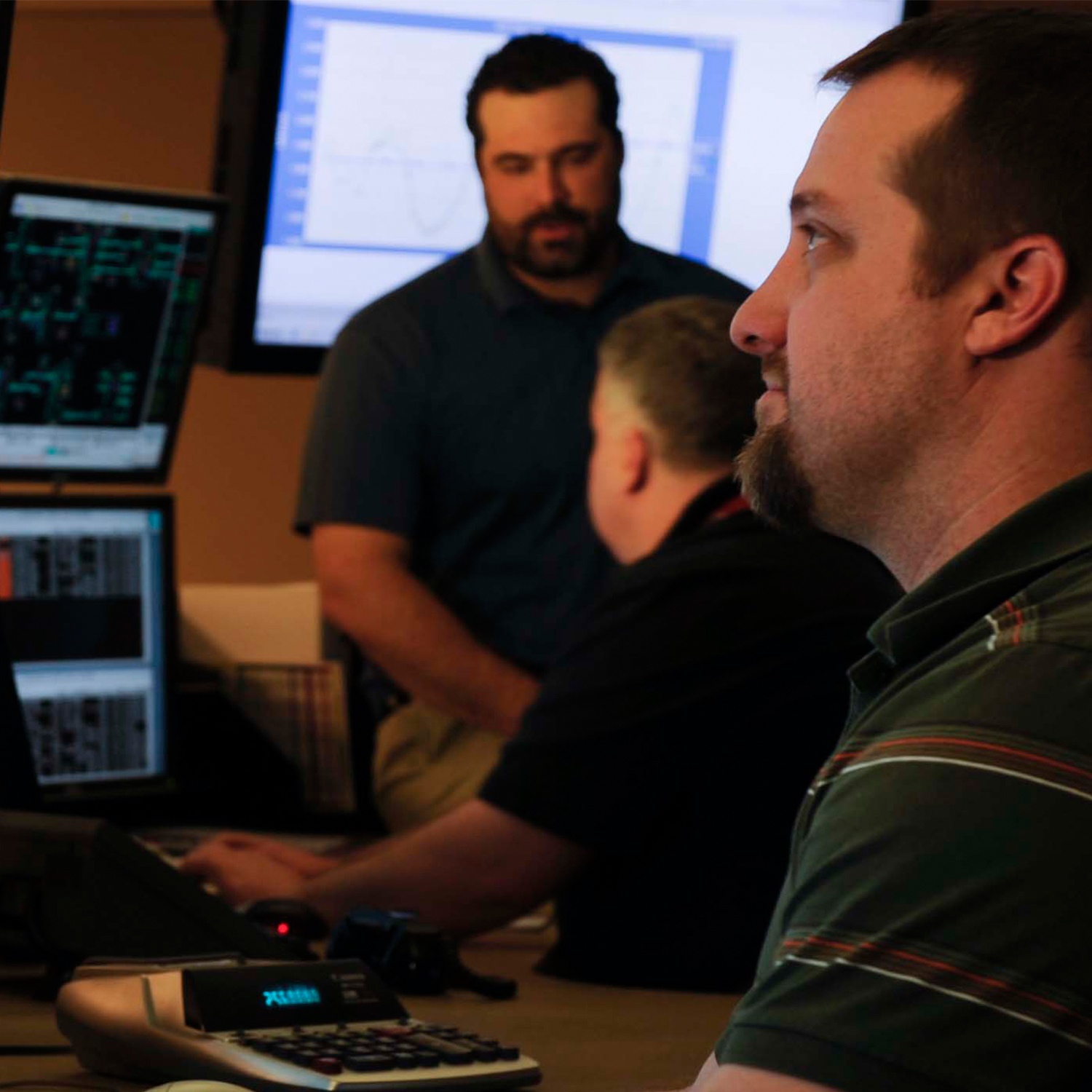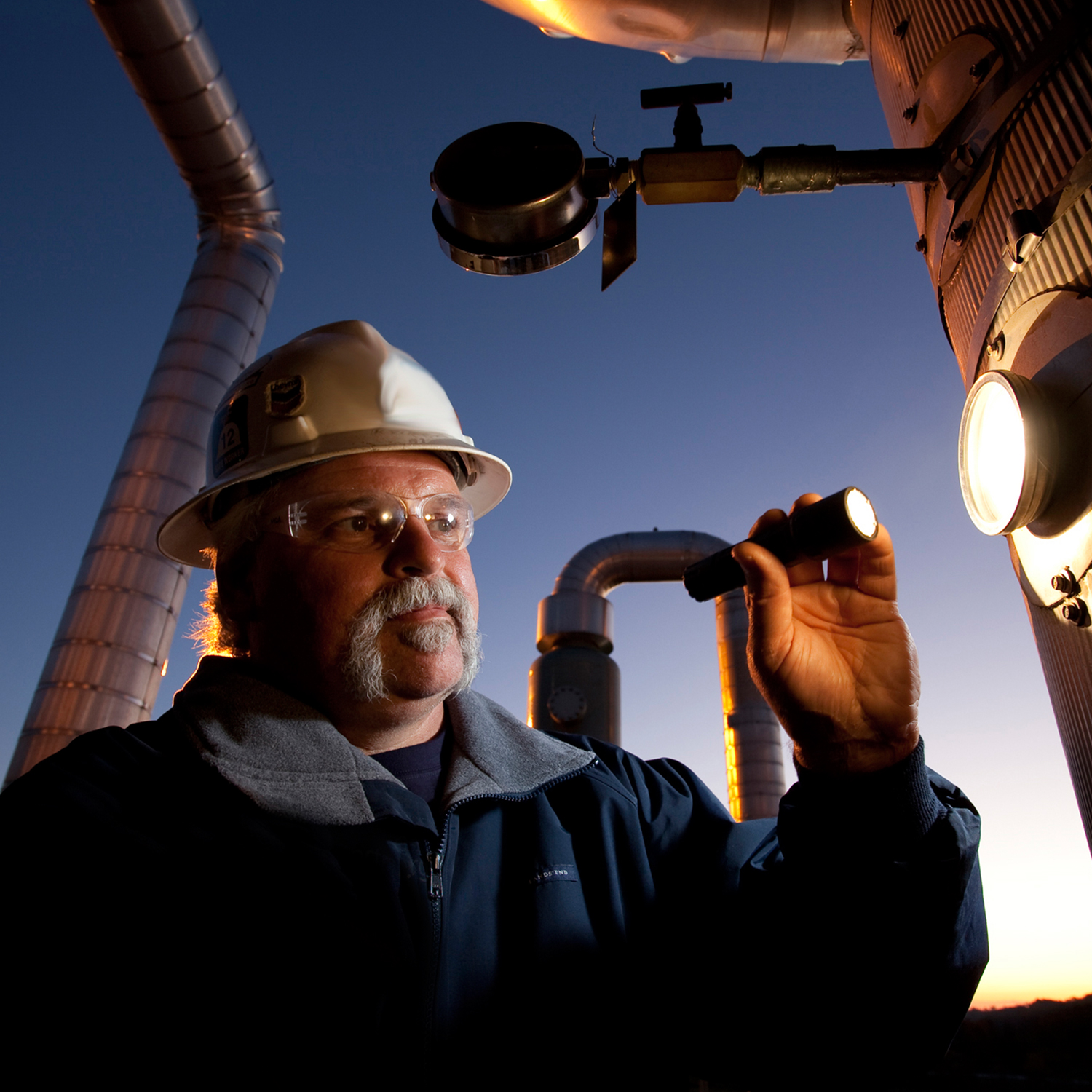Safety
Safety is at the forefront of everything we do as a company. Our dedication to continuously improve our operational safety practices stems from our relentless focus on protecting the people within the communities where we operate, our employees and the environment. While we already have a strong safety record, our goal is zero incidents, as no incident is acceptable.
Pipelines are America’s lifelines, and they operate safely every day across the country. In fact, according to the U.S. Department of Transportation, natural gas transmission pipelines are the safest mode of energy transportation. There are more than 300,000 miles of natural gas transmission pipelines in the U.S. today – spanning across communities large and small, rural and urban.
To ensure that our pipeline remains in safe and reliable operating condition, we employ a number of redundant, overlapping layers of protection – from high-tech monitoring at our gas control centers to routine foot patrols of the pipeline right of way. Below are just a few examples of the human and technological safeguards we employ to continuously protect public safety and ensure the long-term integrity of our pipeline.
-
What is Pigging?
-
How Do You Inspect Pipelines?
-
Who Regulates Pipelines?

Coating
The entire length of the pipeline is protected by a thick layer of specialized epoxy coating that prevents corrosion, abrasion and other damage. Before construction is complete, the coating on each pipe section is electronically checked to ensure that it was applied correctly. Once operations begin, routine visual inspection of all aboveground facilities is conducted to determine if any coating damage or deterioration has occurred and perform necessary repairs. When underground pipeline facilities are exposed, usually due to excavation or maintenance activities, we always inspect the coating for damage or deterioration.

Cathodic Protection
To provide another protective barrier against corrosion on the pipeline, we employ a method known as cathodic protection. This method uses devices called rectifiers to attract a regulated amount of electric current to the pipeline. Cathodic protection impedes corrosive activity and prolongs the useful life of the pipeline for many decades. The amount of current applied to the pipeline is harmless to humans, animals and plant life.

Real-Time Monitoring
Our pipeline will be monitored 24 hours a day, seven days a week by our centralized high-tech Gas Control center to ensure continuous, safe and reliable operations. Gas Control will continuously monitor the pressure, flow and temperature of natural gas throughout our pipeline so that we always know what is happening along our system at all times. Gas Control monitors and reacts to equipment anomalies and, when necessary, dispatches employees who live and work along the pipeline to respond.

Remote-Control Shut-Off
As an added safety measure, remote control shut-off equipment is installed along the pipeline system, enabling us to operate valves remotely from Gas Control in the case of an emergency. The pipeline is also equipped with remote sensors that can monitor the slightest variations in gas pressure, flow or temperature, and enable us to shut off any section of the pipe if anomalies are detected.

Inspection & Maintenance
We regularly perform aerial and on-the-ground inspection of the pipeline rights of way to monitor for leaks, damage or other factors that might impact the integrity of the pipeline. Ground surveys can reveal leaks and other potential irregularities, enabling us to quickly repair the problem and minimize impacts. Weather permitting, aerial patrols are conducted at least once a week to provide a bird’s-eye view of the rights of way and surrounding areas, and allow us to monitor for ground changes, construction activities, or other conditions that could affect the pipeline.
In addition to aerial and on-the-ground monitoring, we also perform periodic interior inspections of the pipeline through the use of sophisticated technological devices known as “smart pigs.” These cutting-edge tools enable us to examine the pipeline from the inside so we can detect internal and external corrosion or other irregularities, and make repairs as needed.
